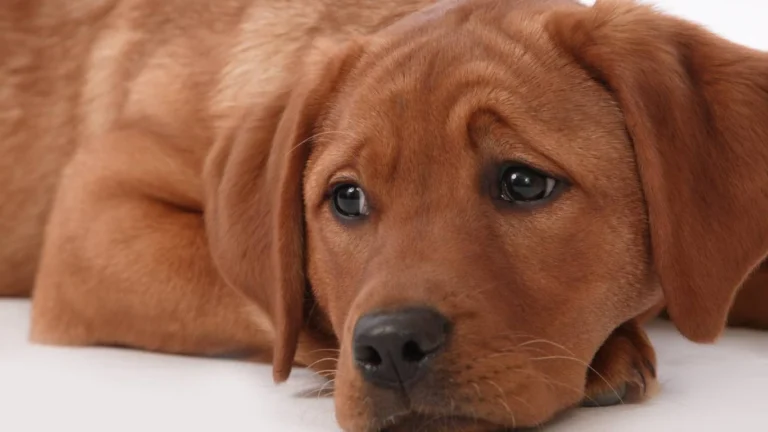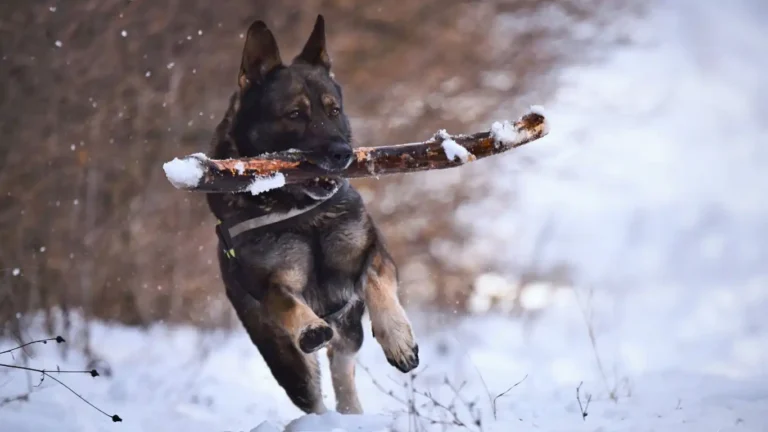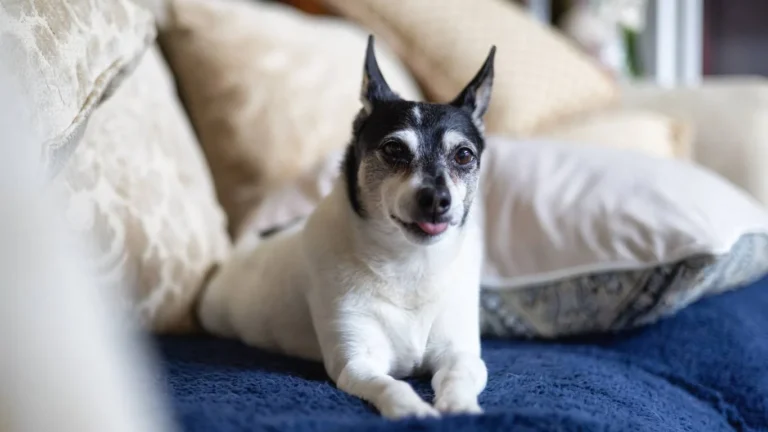Essential Guide to Loving Care for Dogs with Missing Teeth
When it comes to how to care for a dog with missing teeth, it’s something I’ve personally guided a lot of pet parents through during my years working as a Veterinary Assistant with a focus on nutrition. And let me tell you—missing teeth in dogs isn’t as uncommon as you’d think. Whether it’s due to age, dental disease, or even a rough game of tug-of-war gone wrong (yep, I’ve seen it!), your pup can still live a happy, tail-wagging life with the right care and a few adjustments. Let’s dive into the essentials.
Understanding Why Dogs Lose Teeth
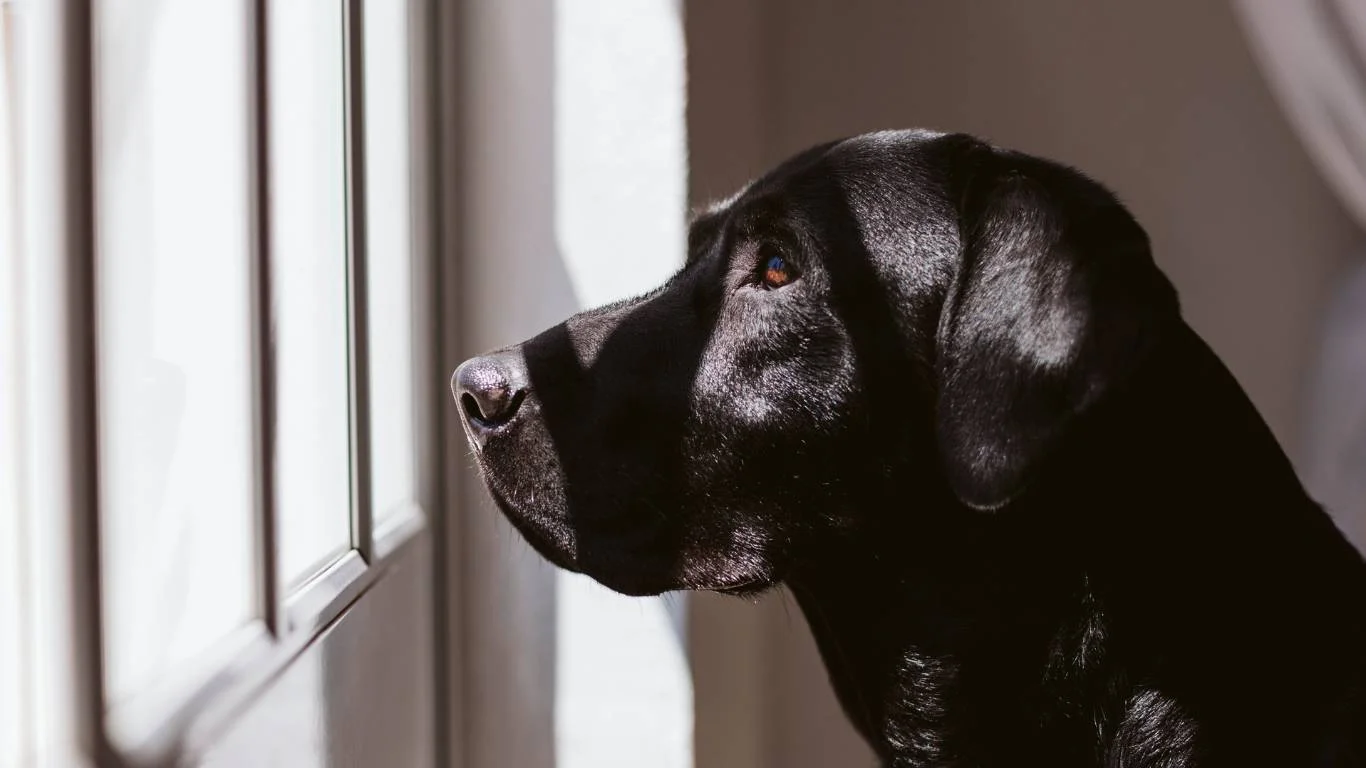
It’s Not Always Old Age
Sure, aging is a major reason dogs lose teeth—just like humans. But I’ve seen young pups with dental issues too. One sweet boxer I worked with had five teeth pulled before her third birthday due to untreated gum disease. Ouch! Other causes include trauma, breed-specific dental issues (small dogs, I’m looking at you), or just genetics. The important part? Knowing the cause can help prevent future tooth loss.
Signs Your Dog Might Be Missing a Tooth
You’d be surprised how many dog parents don’t even realize a tooth is missing until a vet points it out. Here are a few clues to watch for:
- Chewing only on one side
- Dropping kibble or treats
- Bad breath that seems worse than usual
- Pawing at the mouth or rubbing their face on the ground
If any of this sounds familiar, don’t panic—just schedule a check-up with your vet. Missing teeth aren’t an emergency, but they do deserve attention.
How to Care for a Dog with Missing Teeth: Daily Habits That Matter
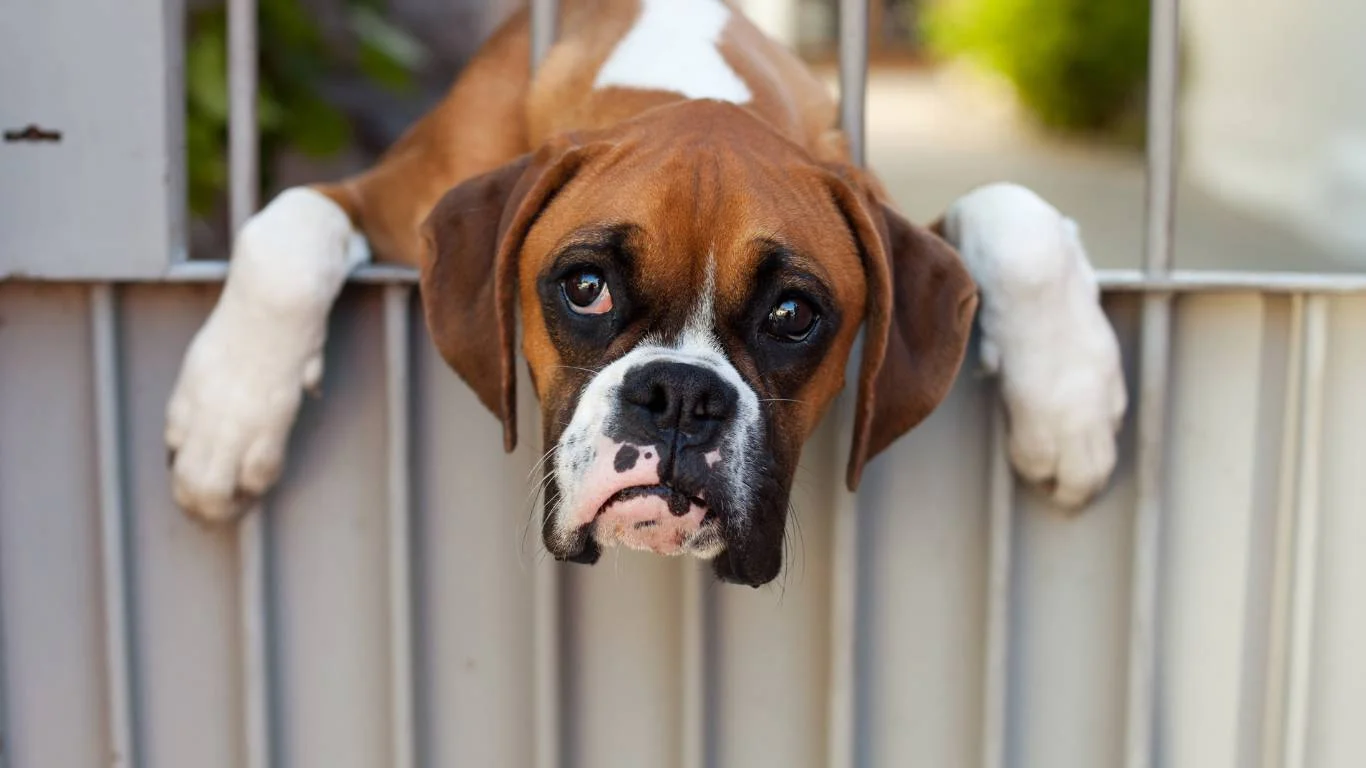
Switching Up Their Diet
This is the biggie. Dogs with fewer teeth—or none at all—can’t crunch down like they used to. I always tell clients: soft food is your new best friend. Here’s what I’ve seen work best:
- Wet food: Canned dog food is a no-brainer. It’s already soft and easy to lap up.
- Soaked kibble: If your pup loves their dry food, just soak it in warm water or low-sodium broth for a few minutes.
- Homemade meals: Think lean meats, mashed veggies, and soft grains. But always double-check your ingredients with a vet or canine nutritionist—some human foods aren’t safe for dogs.
I once worked with a little Chihuahua named Luna who refused canned food, but she LOVED her kibble soaked in chicken broth. Every dog’s different—just be patient while you figure out what works.
Food Bowl Hacks
Here’s a tip I’ve shared with many clients: try using a shallow bowl or even a plate if your dog struggles to scoop food from a deep dish. Missing teeth can make it hard for them to maneuver their mouth properly. Flat surfaces help them lick and lap without frustration.
Don’t Forget About Treats
Crunchy biscuits may be out, but that doesn’t mean treat time is over. Try:
- Soft training treats
- Homemade goodies (like peanut butter and banana bites)
- Freeze-dried liver or other soft chews made for seniors
Bonus tip: You can even mash up your dog’s favorite treat into a soft paste and use it as a little “licky” reward during training or grooming.
Oral Hygiene Still Matters—Even Without All the Teeth

Yes, You Should Still Brush
This surprises a lot of people, but brushing your dog’s gums and remaining teeth is still super important. Bacteria can build up along the gumline, leading to more dental issues—even if teeth are gone. I usually recommend a finger brush and dog-safe toothpaste. Gentle, circular motions go a long way!
Mouth Wipes and Water Additives
Can’t brush every day? I get it—some dogs just won’t have it. That’s where pet-safe mouth wipes or water additives come in handy. They help reduce plaque and freshen breath with way less drama.
In the next part, we’ll cover the long-term strategies for dental care, senior dog wellness, and how to keep their confidence high (yes, missing teeth can mess with their mojo too!). But for now, you’ve got the basics down—and your toothless pup is already thanking you with tail wags and slobbery kisses.
Supporting Long-Term Health for Dogs with Missing Teeth
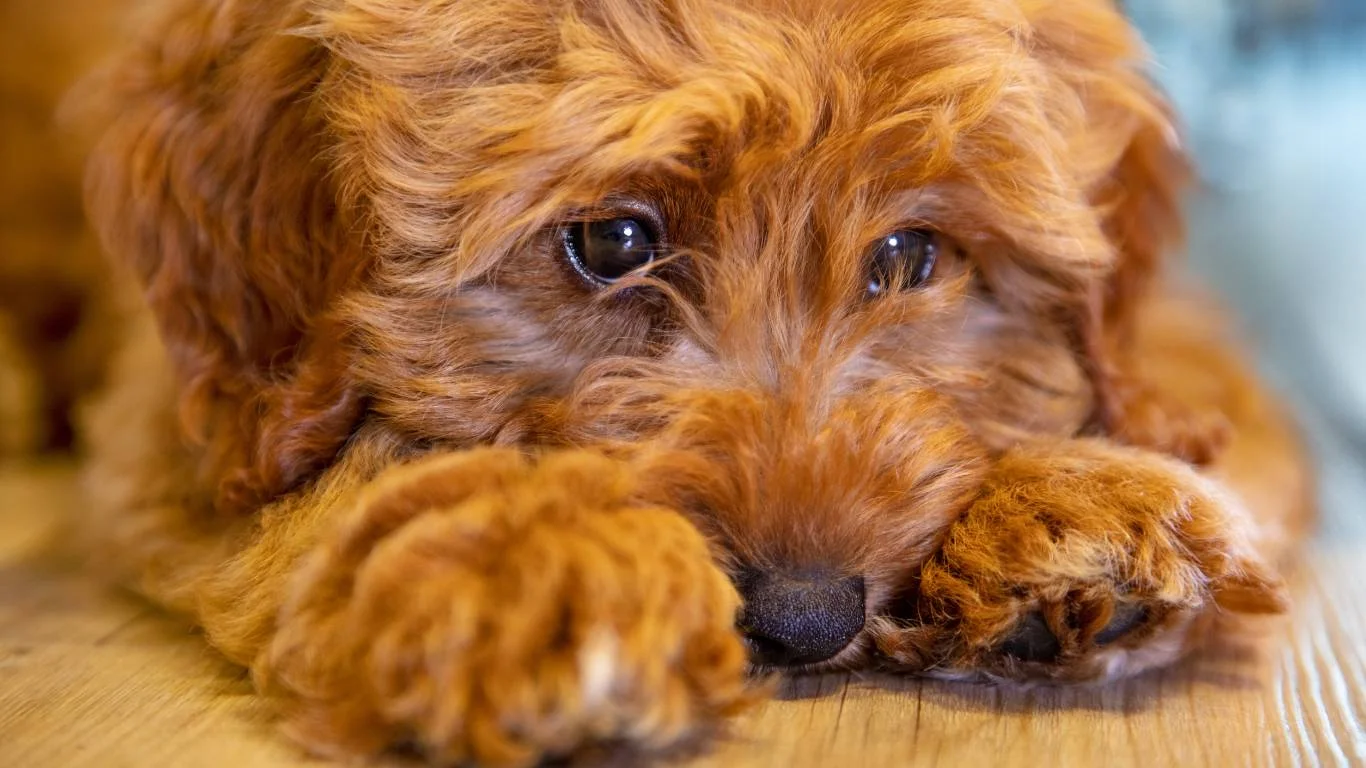
Nutrition That Goes Beyond Soft Food
Alright, so you’ve got the soft meals dialed in—awesome. But don’t stop there. One of the most overlooked parts of how to care for a dog with missing teeth is making sure they’re still getting balanced, complete nutrition, especially if you’ve started cooking at home for them (which is super common with dental dogs).
I’ve worked with plenty of clients who wanted to cook for their pups—and I love that! But there were a few times where we had to tweak recipes to make sure dogs weren’t missing essential nutrients like calcium or taurine. If you’re doing DIY meals, a quick chat with a vet or certified pet nutritionist can go a long way.
Don’t Skip on the Crunch Entirely
This might sound odd, but if your dog still has a few teeth and seems comfortable, a small amount of crunch can actually help maintain their remaining teeth. Things like:
- Dental chews made for sensitive mouths
- Lightly baked treats that crumble easily
- Freeze-dried snacks that soften quickly when licked
One of my favorite pups—an older Yorkie named Milo—had just four teeth left but insisted on having one of those soft dental chews every evening. He’d work on it slowly, but it helped keep his gums stimulated and his breath… not terrible!
Behavioral & Emotional Side of Missing Teeth

Confidence Can Take a Hit
Believe it or not, dogs can feel a bit “off” after losing teeth—especially if they’ve had a recent extraction. I’ve seen it happen time and time again, especially in breeds that tend to be expressive. They may seem more withdrawn, less playful, or even hesitant to eat in front of others.
Reassurance is key. Keep routines consistent and offer plenty of praise, soft cuddles, and calm encouragement. One golden retriever I helped post-dental surgery was so down for a few days… until we started offering meals on a little raised plate and giving her extra attention. She perked up like her old self in no time.
Keep Playtime Alive (Just Modify It)
Don’t assume your dog can’t enjoy toys anymore. You just need to pick the right kind. Try:
- Plush toys with crinkle or squeakers
- Rope toys with soft, frayed ends (great for gentle tug)
- Interactive toys like treat-dispensing puzzles with soft fillings
Pro tip: smear a little peanut butter or soft treat paste inside a Kong and freeze it. It’s a game changer for keeping dogs engaged—especially those who can’t chew like they used to.
Regular Vet Checkups Matter Even More Now

Spotting Trouble Early
Just because your dog is missing teeth doesn’t mean they’re in the clear. In fact, now’s the time to be extra vigilant. Gums, remaining teeth, and even the jawbone can develop problems if bacteria builds up or infections take hold.
I always recommend at least twice-a-year dental checkups, especially for senior dogs or breeds prone to periodontal disease. Sometimes we’d catch little issues—like early gum inflammation—before it turned into something major.
Ask About Dental X-rays
Yep, dogs can get dental X-rays too! In my experience, this is a game changer for catching issues beneath the surface, like hidden root infections or bone loss. It’s something your vet might recommend if your pup’s had several extractions or continues to have mouth discomfort despite missing teeth.
Adapt Your Home for Extra Comfort

Make Mealtime Easier
Raising food and water bowls just a few inches off the ground can help dogs with dental issues eat more comfortably. Especially for flat-faced breeds or older dogs with joint stiffness, this small change can make a big difference.
Comfy Spaces to Rest and Heal
If your dog recently had dental surgery or extractions, they’ll want a cozy place to crash. Soft bedding, a quiet corner, and maybe even a warm compress (wrapped in a towel, of course) can help with recovery and overall comfort. I used to recommend heating pads on the low setting placed under their bed—but always supervised!
That wraps up some of the bigger lifestyle tweaks that can make a world of difference. In the next section, I’ll go deeper into long-term care, supplement support, and how to build a solid routine for toothless pups. Trust me, once you find your groove, it becomes second nature.
Building a Long-Term Care Routine for Toothless Dogs
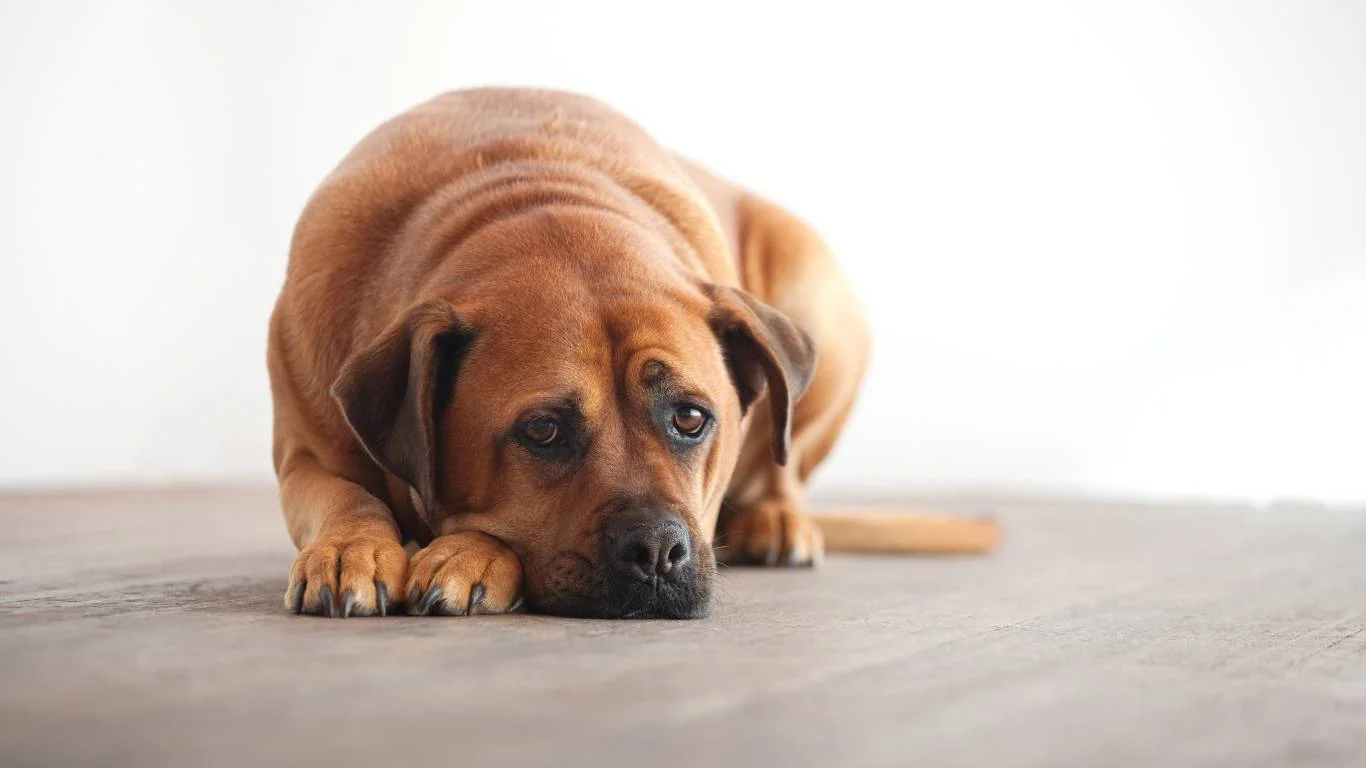
Routine = Relief (for You and Your Pup)
Once the initial adjustments are made, caring for a dog with missing teeth becomes way less overwhelming. In fact, most of the pet parents I’ve helped over the years have told me they feel *more connected* with their dogs because of the extra TLC involved.
Here’s what a simple weekly routine might look like for a dog without teeth:
- Daily: Soft, balanced meals + fresh water + quick gum check
- Every other day: Gentle gum massage or mouth wipe for hygiene
- Weekly: Clean food/water bowls thoroughly and check for redness or discomfort in the mouth
- Monthly: Monitor weight and energy levels to catch any subtle changes
- Every 6 months: Vet checkup (especially dental-focused)
Stick with it and these habits will just become second nature. Bonus: your vet will love you for staying on top of things!
Supplements That Might Help
Depending on your dog’s overall health and age, your vet might suggest adding supplements to keep their mouth, joints, and immune system in good shape. These are a few I’ve seen recommended often:
- Omega-3s: For inflammation support (great for gums)
- Probiotics: To help with digestion, especially when switching to softer or richer foods
- Calcium: Sometimes needed if homemade diets don’t have enough
- Multivitamins: To cover nutritional gaps from diet changes
As always—check with your vet first. I’ve seen some over-the-counter pet vitamins do more harm than good when dosed wrong.
Staying Social and Keeping Confidence High
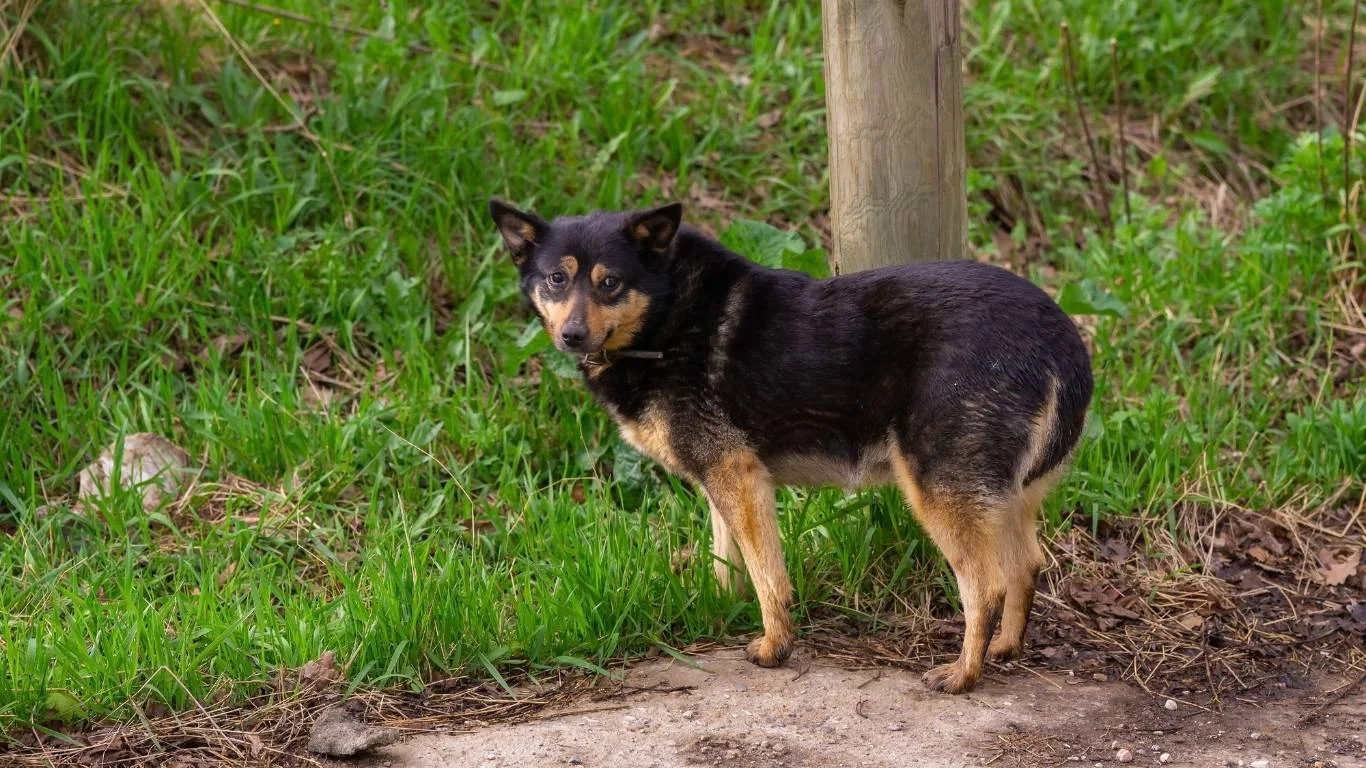
Toothless Doesn’t Mean Timid
Dogs are incredibly adaptable, but that doesn’t mean they don’t notice changes. Especially in social settings, some dogs may act more reserved after dental surgery or extractions. One of my favorite senior rescue cases, a poodle mix named Benny, became less social at the dog park after losing most of his teeth—until we introduced him to smaller playgroups and gave him time to adjust.
If your dog seems unsure, take it slow. Let them re-engage at their pace. And don’t underestimate the power of positive reinforcement. A little verbal praise or a soft treat can go a long way in rebuilding confidence.
Keeping Communication Open with Your Vet
Even once your dog’s mouth is healed, regular vet communication is still a must. Changes in behavior, eating habits, or even smell can be signs of new issues brewing. I always tell clients: you know your dog better than anyone. Trust your instincts and never feel silly bringing up small concerns.
Final Thoughts on How to Care for a Dog with Missing Teeth
At the end of the day, how to care for a dog with missing teeth really boils down to a mix of patience, observation, and love. Dogs are amazing at adjusting—as long as we meet them halfway. Whether they’re a toothless puppy mill rescue or a senior golden with a few chompers left, they deserve comfort, dignity, and plenty of delicious meals they can actually enjoy.
And honestly? Many of the dogs I’ve worked with who had no teeth were some of the happiest, most affectionate pups I’ve met. So if you’re feeling worried or overwhelmed, just know: you’ve got this. And your dog will be just fine—with maybe a little more drool and a lot more snuggles.
Helpful Resources & References
- American Veterinary Medical Association (AVMA)
- American Animal Hospital Association (AAHA)
- World Small Animal Veterinary Association (WSAVA)
- American Gastroenterological Association (for digestion-focused info)
Disclaimer
This article is based on personal experience as a Veterinary Assistant with a focus on nutrition and is intended for informational purposes only. It is not a substitute for professional veterinary advice. Always consult your veterinarian for any questions regarding your pet’s health, diet, or medical condition.


